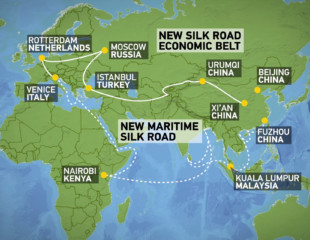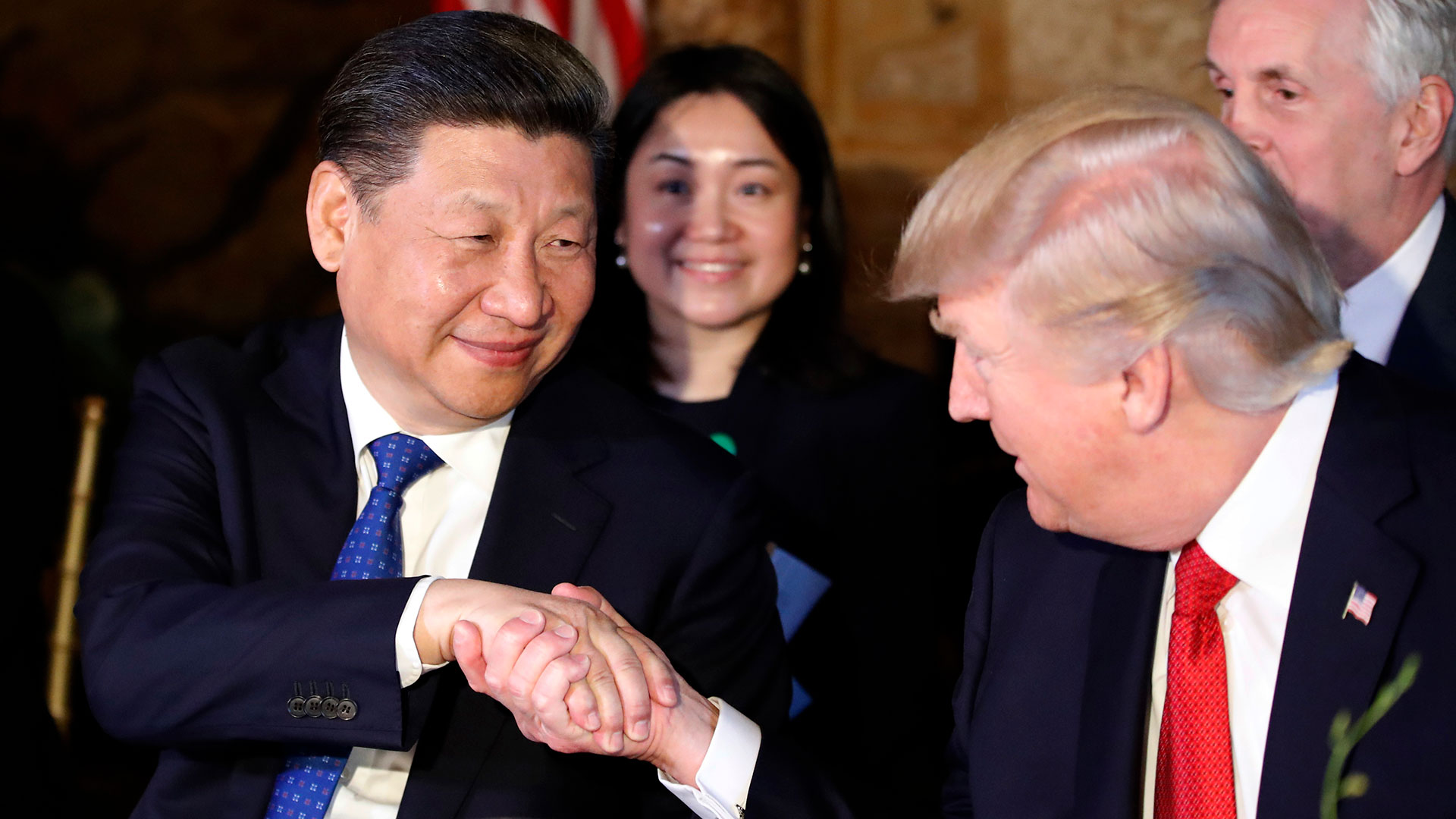In April 2017, China President Xi Jinping and U.S. President Donald Trump met at Mar-a-Lago in Florida for an informal summit of issues facing the two nations. Out of this meeting, China and the U.S. agreed to a 100 day action plan to address economic and trade imbalances that effect both countries. Below is a listing of some of the major items in the plan for economic cooperation, as well as some of the finer print beneath.
CGTN’s Jessica Stone reports on the success and shortfalls of the 10 day action plan.

CHICKEN: Chinese exports to U.S.
The United States and China are to resolve outstanding issues for the import of China origin cooked poultry to the United States as soon as possible, and after reaching consensus, the United States is to publish a proposed rule by July 16, 2017, at the latest, with the United States realizing China poultry exports as soon as possible.

Steps to allow U.S. GMOs in China
China’s National Biosafety Committee (NBC) is to hold a meeting by the end of July 2017, to conduct science-based evaluations of all eight pending U.S. biotechnology product applications to assess the safety of the products for their intended use. For the products that pass the safety evaluations of the NBC, China is to grant certificates within 20 working days.

Liquefied Natural Gas (LNG): U.S. exports to China
The United States welcomes China, as well as any of our trading partners, to receive imports of Liquefied Natural Gas from the United States. The United States treats China no less favorably than other non-FTA trade partners with regard to LNG export authorizations. Companies from China may proceed at any time to negotiate all types of contractual arrangement with U.S. LNG exporters, including long-term contracts, subject to the commercial considerations of the parties.

Allowing foreign credit rating services in China
By July 16, 2017, China is to allow wholly foreign-owned financial services firms in China to provide credit rating services, and to begin the licensing process for credit investigation.

Allowing U.S. Electronic Payment Systems (EPS) in China
By July 16, 2017, China is to issue any further necessary guidelines and allow wholly U.S. owned suppliers of electronic payment services (EPS) to begin the licensing process. This should lead to full and prompt market access. China is to continue to allow Chinese banks to issue dual brand-dual currency bankcards that allow U.S. EPS suppliers to process foreign currency payment card transactions.

Equal treatment of Chinese banks in the U.S.
The applicable U.S. federal regulatory authorities remain committed to apply in the United States the same bank prudential supervisory and regulatory standards to Chinese banking institutions as to other foreign banking institutions, in like circumstances and in accordance with U.S. law.

Recognizing China's One Belt and One Road Initiative and promoting bilateral trade
The United States recognizes the importance of China’s One Belt and One Road initiative and is to send delegates to attend the Belt and Road Forum in Beijing May 14-15. In addition, the United States welcomes direct investment by Chinese entrepreneurs as it does by entrepreneurs from other countries. The United States welcomes Chinese participation in the SelectUSA Investment Summit that will be held June 18-20 in Washington D.C.
 CGTN America
CGTN America

